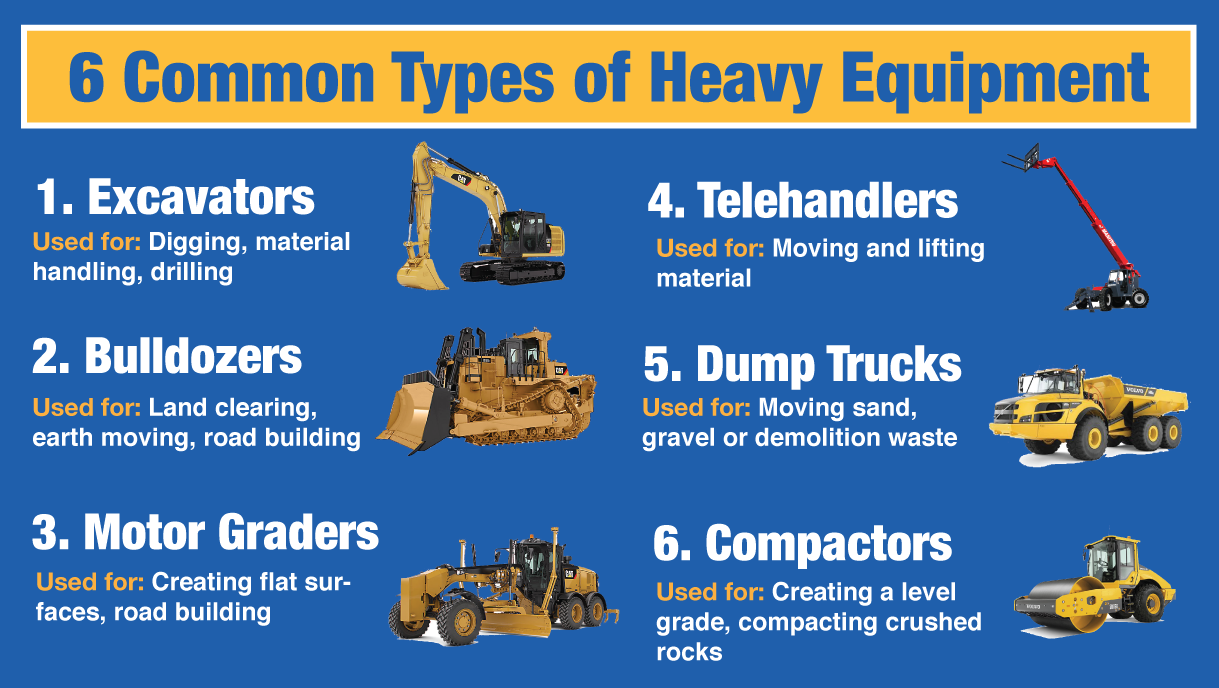Heavy duty scissors jacks are essential tools in many industries, including automotive repair, construction, and manufacturing. Their versatility allows for lifting heavy loads with relative ease, but improper use can lead to severe injuries and accidents. This article delves into the importance of safety when using heavy duty scissors jacks, offers practical guidelines for their correct operation, and highlights case studies that illustrate the potential risks involved.
Understanding Heavy Duty Scissors Jacks
Before diving into safety practices, it’s essential to understand what heavy duty scissors jacks are and how they function. These jacks are designed to lift vehicles and heavy machinery to a specific height. They work on a simple mechanical principle—using the scissor mechanism to expand vertically when activated.
- Types of Scissors Jacks: There are various types of scissors jacks, including manual and hydraulic versions. Manual jacks require physical effort to operate, while hydraulic jacks use fluid power for lifting.
- Weight Capacity: Heavy duty scissors jacks can typically lift loads ranging from 3,000 to 6,000 pounds, depending on the model.
- Applications: Common uses include tire changes, vehicle repairs, and lifting heavy machinery for maintenance tasks.
The Importance of Safety in Using Scissors Jacks
Safety should always be the top priority when using scissors jacks. According to the Occupational Safety and Health Administration (OSHA), improper use of lifting equipment accounts for a significant number of workplace injuries each year. Understanding and adhering to safety protocols can prevent accidents and ensure a safe working environment.
Statistics on Lifting Equipment Injuries

To illustrate the importance of safety, consider the following statistics:
- According to a report by the Bureau of Labor Statistics, there are approximately 20,000 injuries related to lifting equipment each year in the United States.
- Falls from lifted loads account for nearly 30% of these injuries, often resulting in severe injuries or fatalities.
- Proper training and adherence to safety protocols can reduce the incidence of such accidents by up to 50%.
Best Practices for Safe Operation
When using heavy duty scissors jacks, following best practices can significantly enhance safety. Here are essential guidelines to consider:
1. Pre-Use Inspection

Before operating any lifting equipment, a thorough pre-use inspection is crucial. Look for:
- Visible damage, such as cracks or deformation in the jack.
- Functional hydraulic systems without leaks.
- Proper operation of the lifting mechanism.
- Check that the base is stable and free of debris.
2. Use the Right Equipment
Always ensure that the scissors jack is rated for the weight you intend to lift. Using a jack that cannot support the load can lead to catastrophic failures. Additionally, consider the following:
- Use jacks with anti-slip pads to enhance stability.
- For heavier loads, choose hydraulic jacks over manual ones for better reliability.
- Always have the correct size jack for your vehicle or equipment.
3. Proper Setup

Setting up the scissors jack correctly is vital for safe operation:
- Ensure the jack is on a flat, stable surface to prevent tipping.
- Use wheel chocks to prevent unintended movement of the vehicle or equipment.
- Position the jack at the designated lifting points, as specified by the vehicle or equipment manufacturer.
4. Lifting Procedure
When lifting, follow these steps for safe operation:
- Stand clear of the load being lifted.
- Activate the jack slowly to avoid sudden movements.
- Monitor the lift closely, ensuring stability throughout the process.
5. Lowering the Load

Lowering the load can be just as dangerous as lifting it. Follow these guidelines:
- Lower the jack slowly and steadily to maintain control of the load.
- Ensure that no one is in the vicinity of the load while lowering.
- Check for any obstructions that may interfere with the lowering process.
Case Studies: The Consequences of Negligence
To emphasize the importance of safety, let’s look at a couple of case studies illustrating the consequences of improper use of scissors jacks.
Case Study 1: The Auto Repair Shop Accident

In 2020, a technician at an auto repair shop was seriously injured when a poorly positioned scissors jack failed while working under a vehicle. The jack slipped due to inadequate support, causing the vehicle to fall and pin the technician. This incident could have been avoided with proper setup and pre-use inspection.
Case Study 2: Construction Site Incident
In another instance, a construction worker was injured when a heavy load being lifted by a scissors jack suddenly dropped. The jack was overloaded beyond its capacity, leading to a catastrophic failure. This case highlights the need for adhering to weight limits and using the appropriate equipment for the job.
Training and Certification

Implementing a robust training and certification program for employees who operate heavy duty scissors jacks is essential. Training should cover:
- Understanding the mechanics of scissors jacks.
- Recognizing potential hazards associated with lifting operations.
- Practical demonstrations of safe lifting and lowering techniques.
The safe use of heavy duty scissors jacks is paramount in preventing workplace injuries and accidents. By adhering to best practices, performing regular inspections, and ensuring proper training, operators can significantly reduce risks. Remember that safety is not just a set of rules but a culture that must be embraced in every workplace. As the statistics and case studies illustrate, neglecting safety can have severe consequences. Prioritizing safety first is not just a legal obligation; it is a moral one that protects lives and livelihoods.




